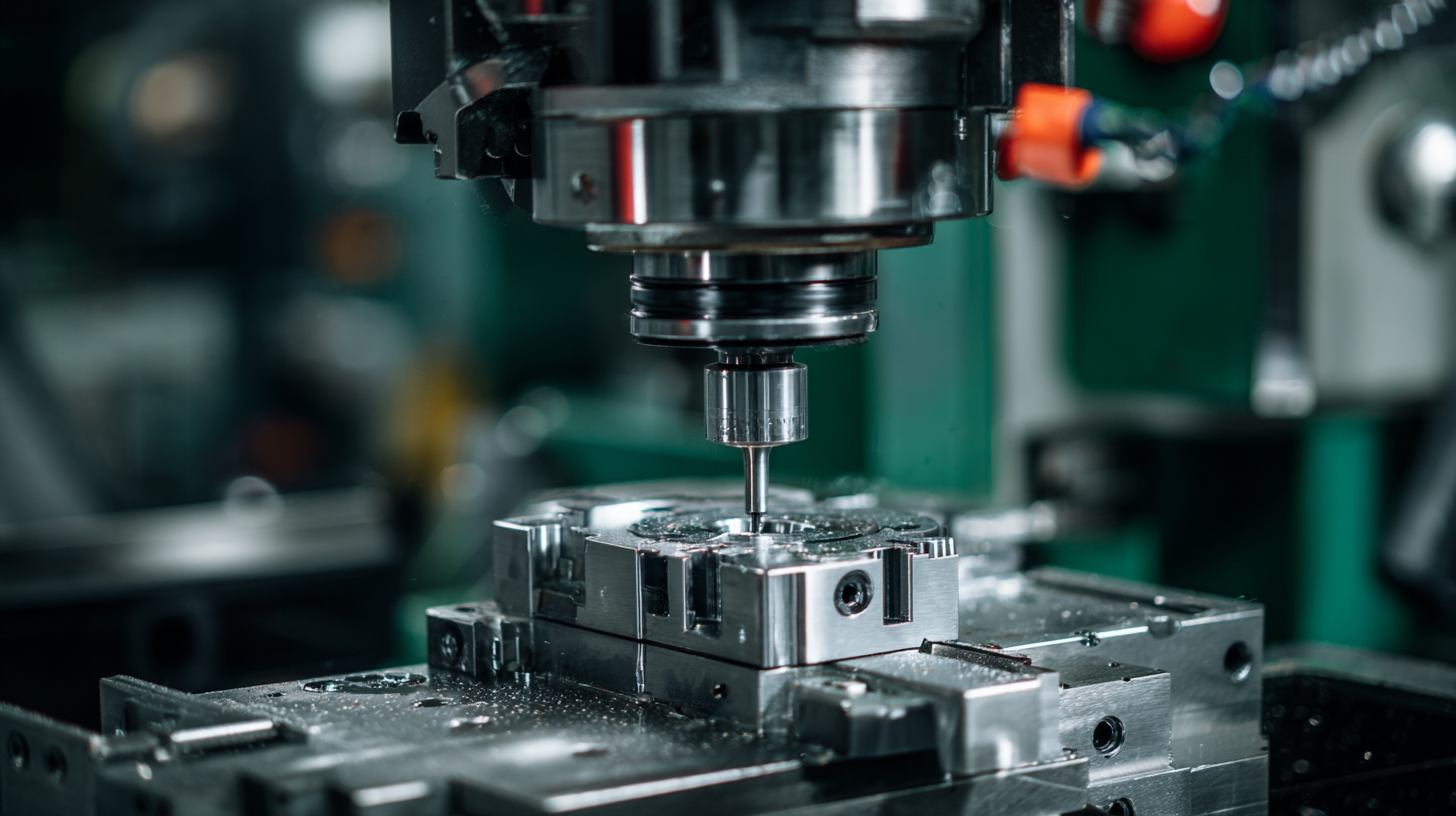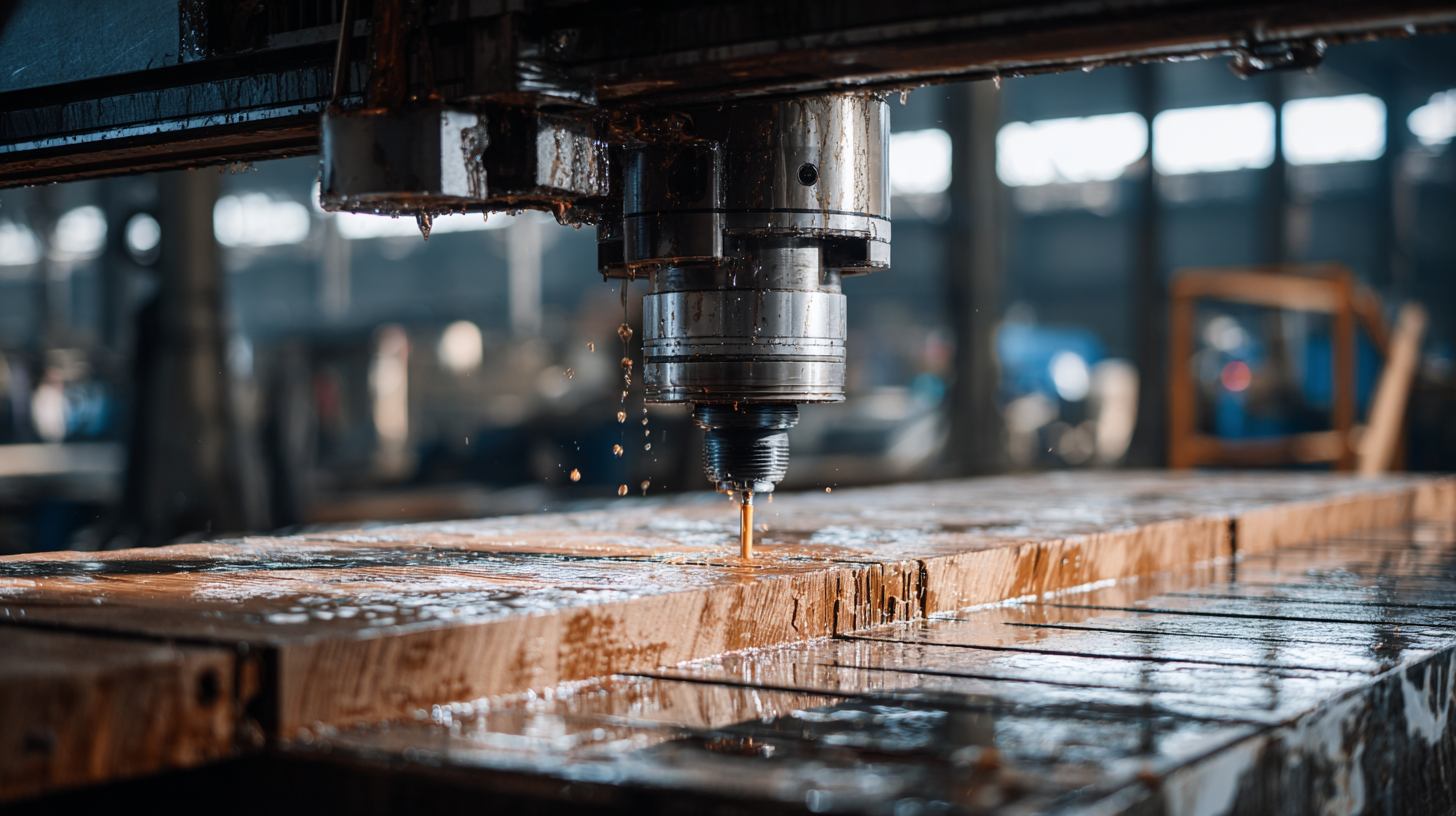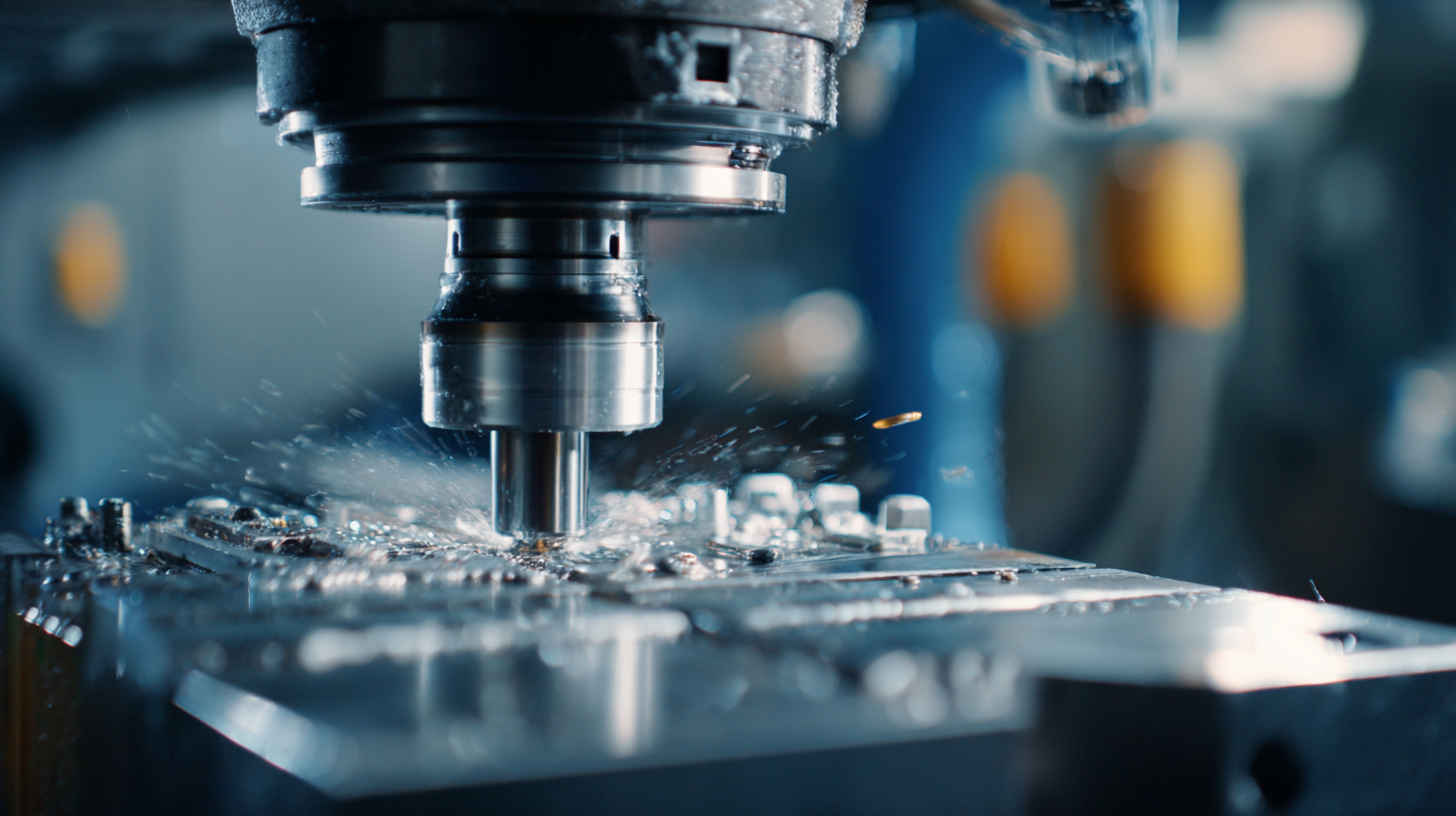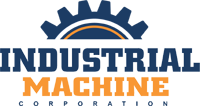2025 Trends: Unlocking the Secrets of the Best Industrial Milling Machines for Maximum Efficiency
In the rapidly evolving manufacturing landscape, the quest for efficiency and precision has never been more critical, particularly when it comes to the use of Industrial Milling Machines. According to a report by MarketsandMarkets, the global market for industrial milling machines is projected to reach $80 billion by 2025, driven by advancements in technology and automation. These machines play a pivotal role in various sectors, including aerospace, automotive, and electronics, where the demand for high-quality component production is paramount.

As industries strive to streamline operations and reduce costs, understanding the latest trends and innovations in industrial milling technology becomes essential. This blog will delve into the secrets of the best industrial milling machines, revealing insights that can help manufacturers maximize efficiency and maintain a competitive edge in an increasingly complex market.
Key Features to Look for in Industrial Milling Machines for 2025
As we approach 2025, the landscape of industrial milling machines is set for significant evolution, driven by technological advancements and the growing demand for precision and efficiency. Key features to consider include automation capabilities, which are becoming increasingly vital in optimizing workflows. The global CNC machine market is expected to grow from $101.22 billion in 2025 to $195.59 billion by 2032, indicating a robust compound annual growth rate (CAGR) of 9.9%. This surge highlights the importance of investing in machinery that incorporates advanced technologies such as AI and IoT to enhance performance.
Another crucial feature to look for is the adaptability of milling machines to various materials and complex designs. With increasing customization in manufacturing processes, machines that offer versatile tooling and can easily switch between tasks will be in high demand. Moreover, energy efficiency is becoming a non-negotiable aspect, aligning with global sustainability goals. Manufacturers will prioritize machines that minimize energy consumption without compromising performance, ensuring that they meet both production needs and environmental standards as we move into 2025 and beyond.
Emerging Technologies Revolutionizing Milling Machine Efficiency
The milling machine industry is undergoing a significant transformation driven by emerging technologies that enhance efficiency and productivity. According to a report by MarketsandMarkets, the global CNC machine market size is projected to reach USD 100 billion by 2025, with a compound annual growth rate (CAGR) of 6.3%. This growth is largely fueled by the integration of IoT, AI, and machine learning in milling processes, enabling real-time monitoring and predictive maintenance.

To optimize performance, manufacturers are increasingly adopting smart milling machines equipped with IoT sensors. These machines collect data that can help operators identify inefficiencies and minimize downtime. For example, a study from Deloitte indicated that predictive maintenance can reduce maintenance costs by 10-40% and improve equipment availability by up to 30%.
Tips: Leverage IoT technology by integrating sensors into your milling processes to track performance metrics continuously. Additionally, consider implementing AI-driven analytics to predict potential failures before they occur.
Moreover, advancements in material science are leading to the development of more efficient milling tools. According to a report by the International Journal of Advanced Manufacturing Technology, the use of high-performance coatings can increase tool life by up to 200%.
Tips: Invest in high-quality, coated tooling to enhance machining capabilities, which will not only reduce costs but also improve product quality and precision. Embrace these emerging technologies to stay competitive in the evolving milling landscape.
Comparative Analysis of Top Milling Machine Brands for Maximum Performance
In 2025, the industrial milling machine market continues to evolve, pushed by the pursuit of maximum efficiency and performance. An in-depth comparative analysis of the top milling machine brands reveals significant differences in technology, material options, and design features that impact their effectiveness. Companies are increasingly leaning towards advanced machinery that not only improves operational throughput but also enhances precision in milling processes. The choice between metallic, rubber, and composite mill liners plays a pivotal role in performance, affecting wear rates and overall equipment longevity.
Additionally, sustainability remains a key focus for manufacturers. Innovative milling solutions that incorporate environmentally-friendly practices, such as the use of natural coagulants in separate processes like palm oil mill effluent treatment, highlight how efficiency can also align with ecological responsibilities. By adopting these forward-thinking technologies, industries can achieve not only competitive advantages but also contribute to sustainable manufacturing practices that resonate well with modern consumer expectations. This comparative perspective on various milling machine brands underscores the significance of making informed choices that meet both performance and sustainability goals.
Sustainability Trends in Industrial Milling: Eco-Friendly Machines
Sustainability is at the forefront of industrial milling innovations, as manufacturers increasingly prioritize eco-friendly practices. As the industry grapples with environmental concerns, the next generation of milling machines is designed not only for maximum output but also for minimal ecological impact. These sustainable machines incorporate energy-efficient technologies that reduce power consumption, thereby lowering greenhouse gas emissions. For instance, advancements in motor efficiency and improved coolant recycling systems are making it possible to operate machines with less energy while maintaining high-performance levels.
Moreover, the materials used in constructing these milling machines are evolving to support sustainability efforts. Many manufacturers are turning to recycled or biodegradable materials, which help decrease the overall carbon footprint of production. Additionally, digital technologies play a significant role by enabling predictive maintenance and reducing downtime, which ultimately leads to less waste. As we move towards 2025, the convergence of efficiency and sustainability in industrial milling machines will not only benefit manufacturers but also support broader environmental goals, making it a win-win for the industry and the planet.
2025 Trends in Industrial Milling Machines
This chart illustrates the projected market share of various eco-friendly industrial milling machine technologies in 2025, highlighting the shift towards sustainable practices in the milling industry.
Future-Proofing Your Milling Operations: Adaptability and Innovation
In the rapidly evolving landscape of manufacturing, adaptability and innovation are more crucial than ever for milling operations. As industries strive to enhance efficiency, recent data indicates that companies implementing advanced automation technologies can increase productivity by as much as 30%. This is particularly relevant in the context of the upcoming Chicago Innovation Days in 2025, where cutting-edge advancements in machining and automation will take center stage, demonstrating the vital role these technologies play in future-proofing operations.

Moreover, the mining sector in Africa is highlighting the importance of embracing innovation to maintain a resilient and sustainable industry. Reports indicate that companies prioritizing Environmental, Social, and Governance (ESG) principles are not only enhancing safety but are also witnessing improved operational efficiencies. Aligning manufacturing processes with these principles could lead to significant reductions in costs and an increase in market competitiveness. As the industry moves towards a more sustainable model, the integration of innovative tools alongside adaptable systems will be key to unlocking maximum potential in milling operations and beyond.
